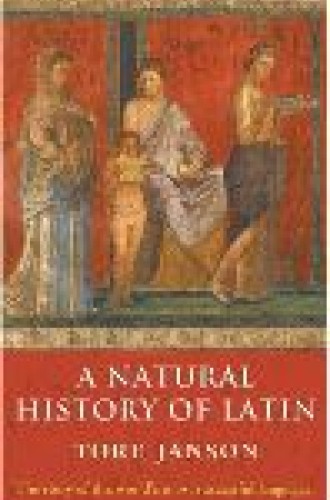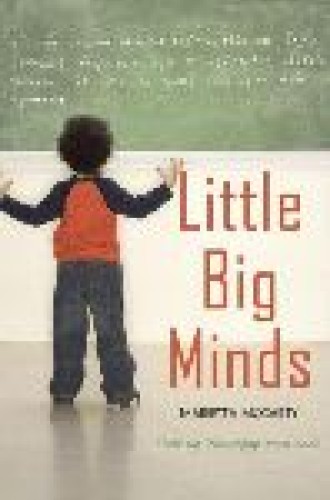BookMarks
Ancient Romans pronounced the C in Caesar as a hard K, so it sounded like “Kaesar,” which is how the Germans got their word for “emperor” (Kaiser). Janson’s “natural history” is full of such fascinating details about a language that continues to shape how we think and talk centuries after people stopped speaking it. Latin was the international language of scholars into the 19th century, and it remains indispensable as the basis for terms in medicine and biology. And, of course, Latin was the liturgical language of the Roman Catholic Church until the 1960s. Janson explains how all this happened and why English has so many words with Latin roots. Knowledge of Latin is no longer an essential component of being an educated person; those who wonder what they might be missing can get an entertaining introduction to that language in this book, which includes a brief chapter on grammar.
Can you teach Kant, Camus and Kierkegaard to third-graders? McCarty claims to have done it. Or at least she’s drawn on such thinkers to help children think about big topics such as justice, freedom, happiness, courage, responsibility, time and God. She uses poetry, music, craft projects and physical exercises to enhance the lessons. Styled as a handbook for those who want to try this on their own, the book includes discussion questions and lesson plans. It’s also a good introduction to philosophy. Among the best parts are the glimpses of McCarty’s young philosophers engaging the topics: “God is truth I don’t get,” concludes a nine-year-old. When you are doing “something you love,” says another child, “you have no clue what time is doing.”






